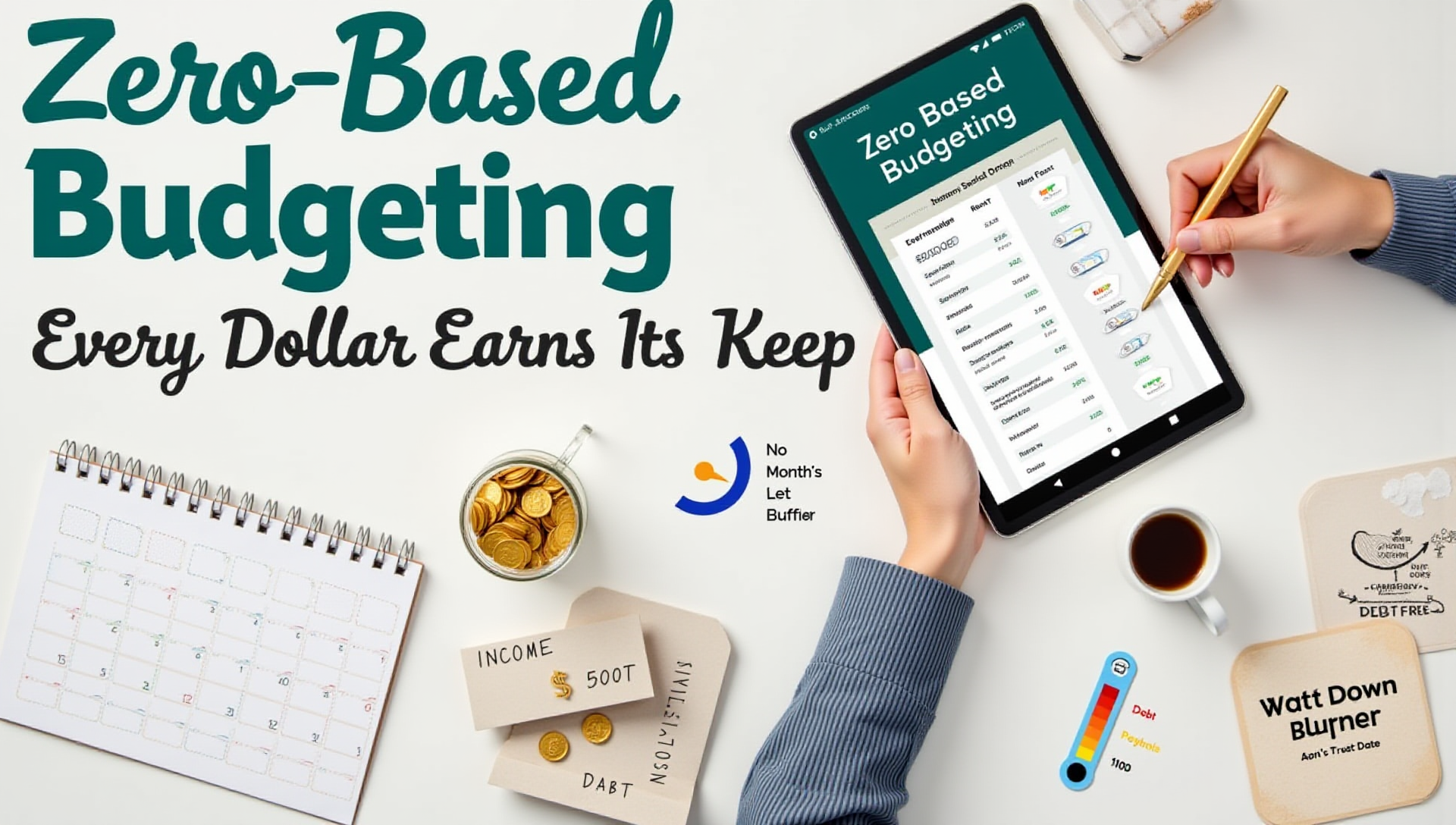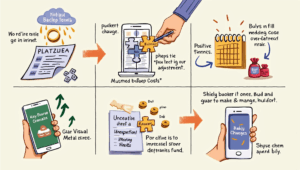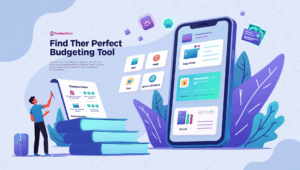 Zero-Based Budgeting: Giving Every Dollar a Purpose
Zero-Based Budgeting: Giving Every Dollar a Purpose
In today’s rapidly evolving financial landscape, the need for intentional money management has never been greater. Rising living costs, economic uncertainty, and the desire for financial independence are prompting individuals and families to seek budgeting systems that foster clarity, discipline, and control. Among these, zero-based budgeting (ZBB) stands out as a powerful and purposeful approach to managing finances.
Unlike traditional budgeting methods that may leave room for ambiguity, zero-based budgeting ensures that every dollar you earn has a specific job. This method doesn’t just help you track spending—it transforms your relationship with money by prioritizing deliberate and proactive decision-making.
What is Zero-Based Budgeting?
Zero-based budgeting is a method where your income minus your expenses equals zero at the end of each month. This doesn’t mean you spend all your money—rather, it means you assign every dollar a specific role, whether it’s covering bills, saving, investing, or paying down debt.
Formula: Income – Expenses = Zero
In this system, nothing is left unallocated. Whether you’re earning $2,000 or $10,000 a month, every dollar should be assigned a purpose in your budget.
Why Zero-Based Budgeting is Relevant Today
In a world filled with financial distractions and temptations, ZBB offers a structure that encourages financial mindfulness. Here’s why it’s particularly relevant:
- Clarity in Spending: Knowing exactly where your money is going reduces wasteful spending and impulse purchases.
- Goal-Oriented: Aligns your budget with personal and financial goals.
- Flexibility: Easily adaptable to income changes, making it ideal for freelancers or gig workers.
- Accountability: Forces you to justify every expense, increasing financial discipline.
Core Components of Zero-Based Budgeting
To implement zero-based budgeting effectively, it’s essential to understand its key components:
- Total Monthly Income: Include all income sources—salary, side gigs, bonuses, investments, and government assistance.
- Fixed Expenses: Mortgage/rent, insurance, loan payments, subscriptions.
- Variable Expenses: Groceries, transportation, utilities, entertainment.
- Savings Goals: Emergency fund, vacation fund, retirement, big purchases.
- Debt Repayment: Credit card payments, student loans, personal loans.
- Giving: Charitable donations or gifts.
How to Create a Zero-Based Budget
Step 1: Calculate Your Monthly Income
Begin with a clear understanding of how much money you bring in each month. If your income fluctuates, take an average of the past 3-6 months or use your lowest earning month as a baseline.
Example: Amanda is a freelance writer. Her income ranges from $3,000 to $4,500 per month. She uses $3,000 as her base income for budgeting to ensure she can cover all her expenses even in lean months.
Step 2: List All Monthly Expenses
Write down every expected expense, both fixed and variable. This includes essentials like rent, groceries, and utilities, as well as discretionary spending like dining out and hobbies.
Step 3: Assign Every Dollar a Job
Start assigning your income to each expense category until every dollar is accounted for. Make sure to include savings and debt repayment.
Tip: Start with necessities, then move to savings and debt payments, and finally allocate funds to discretionary spending.
Step 4: Track Your Spending
Use a spreadsheet, a budgeting app (like YNAB, Mint, or EveryDollar), or a notebook to monitor your spending throughout the month. Adjust as necessary, but make sure that every adjustment still leads to a zero balance.
Step 5: Review and Adjust Monthly
Your budget is a living document. Review it at the end of each month and adjust based on changes in income or priorities.
Real-World Scenario:Jake and Nina, a young couple, use ZBB to save for a down payment on a house. By reallocating unused grocery money and cutting streaming services they rarely used, they were able to save an extra $200 each month.
Advantages of Zero-Based Budgeting
- Intentional Spending: Forces you to think through every purchase and prioritize needs over wants.
- Financial Awareness: Encourages deep understanding of where money goes.
- Faster Debt Reduction: Directing extra funds toward debt accelerates the payoff process.
- Savings Boost: Makes saving a non-negotiable part of your plan.
- Reduced Waste: Helps eliminate spending on items that don’t bring value.
Challenges and How to Overcome Them
Time-Consuming Setup: Initially, creating a zero-based budget takes time and effort. To make it easier, use budgeting templates or apps.
Irregular Expenses: Plan ahead for expenses that don’t occur monthly (e.g., annual insurance premiums). Create sinking funds to set aside money gradually.
Discipline Required: ZBB demands consistency. Setting calendar reminders for weekly check-ins can help maintain momentum.
Budgeting Fatigue: To avoid burnout, allow some fun or “guilt-free” spending money each month.
Practical Tips for Success
- Use Envelopes: For cash users, the envelope method helps prevent overspending in categories like groceries or dining out.
- Automate What You Can: Automate savings and bill payments to simplify the process.
- Plan for the Unexpected: Always have a buffer category for surprise expenses.
- Involve the Family: Make budgeting a team effort if you share finances. This improves transparency and shared responsibility.
Tools to Help with Zero-Based Budgeting
- YNAB (You Need A Budget): Built around ZBB principles.
- EveryDollar: Created by Dave Ramsey, ideal for beginners.
- GoodBudget: Digital envelope system based on ZBB.
- Spreadsheets: Customizable and great for those who prefer manual tracking.
Conclusion: Take Control by Giving Every Dollar a Job
Zero-based budgeting isn’t just a method—it’s a mindset. It encourages you to be deliberate with your money, aligning your spending with your values and goals. By giving every dollar a job, you gain clarity, control, and confidence in your financial decisions.
Start where you are. You don’t need to have it all figured out to begin. Track your income, assign your dollars, and review consistently. Over time, you’ll find that this method doesn’t just improve your finances—it transforms the way you live.




